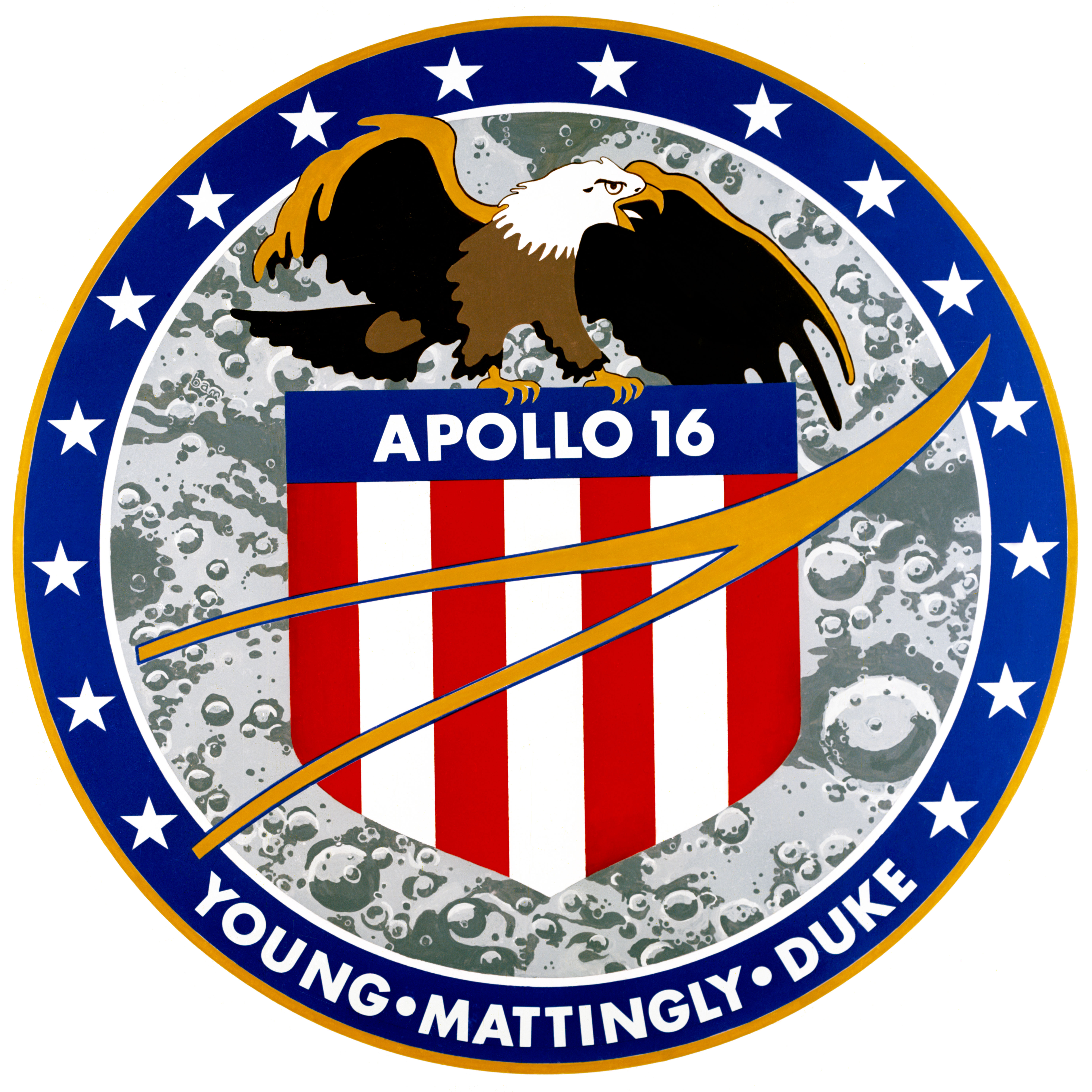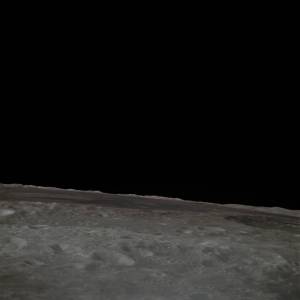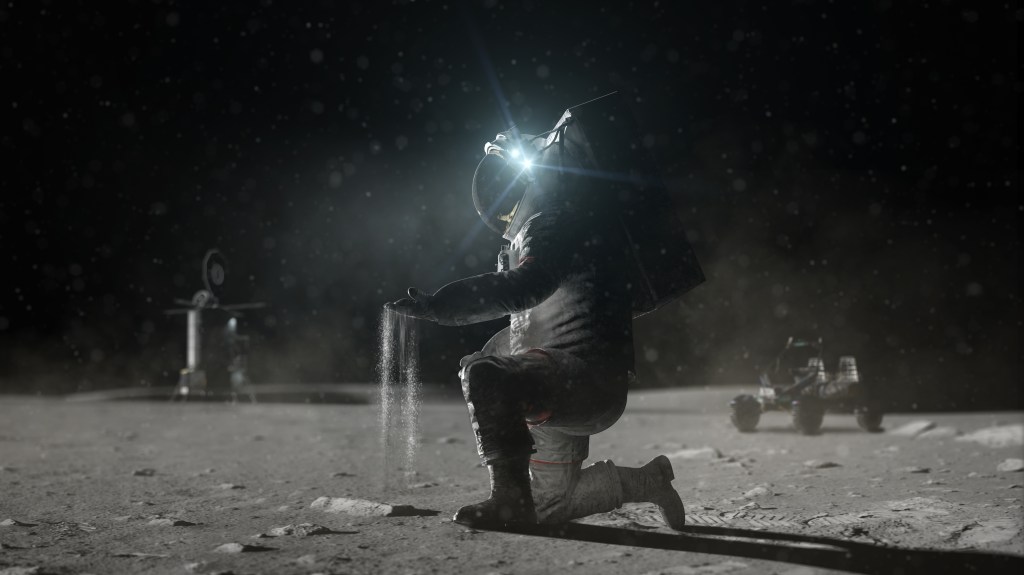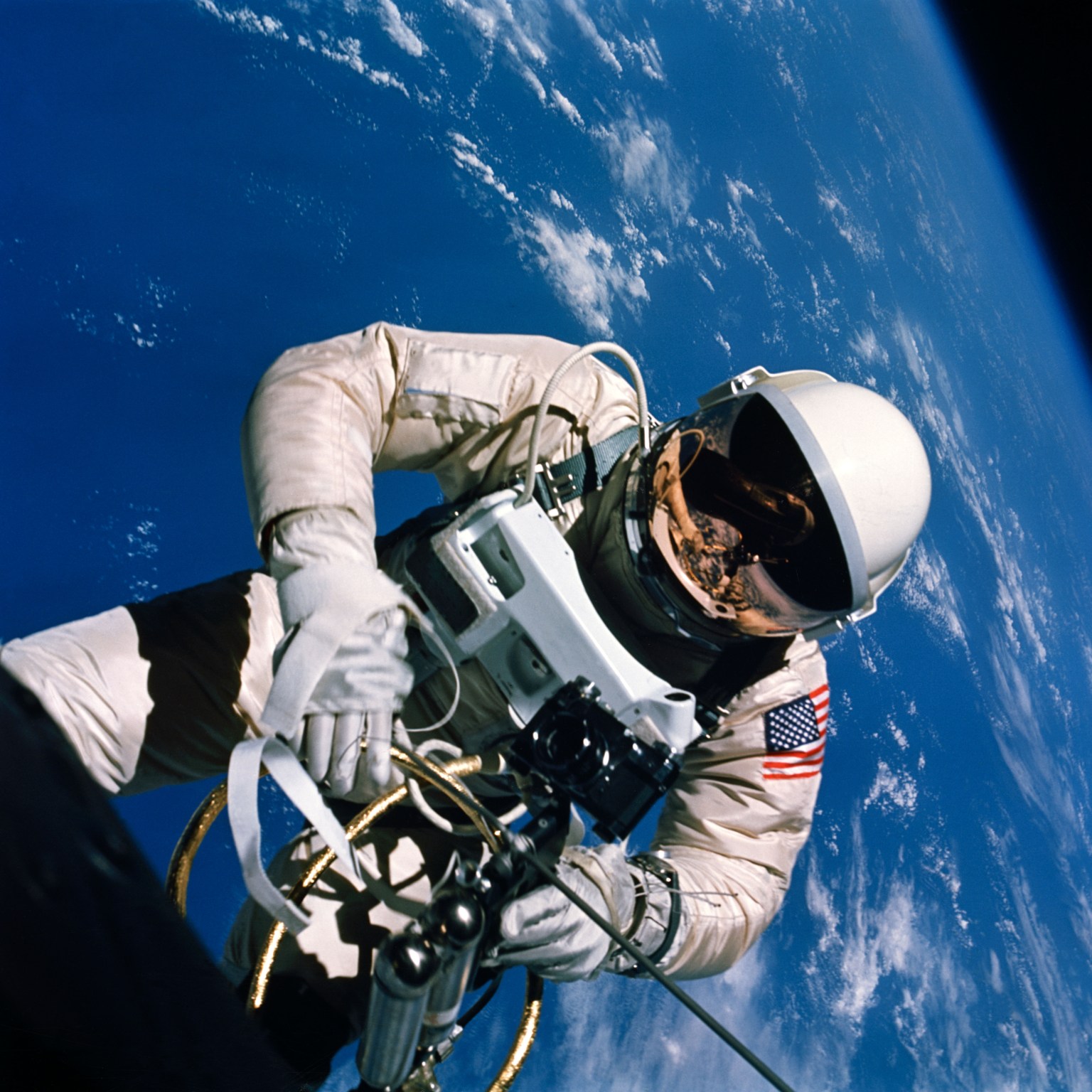
Apollo 16
Three primary objectives of the Apollo 16 mission were (1) to inspect, survey, and sample materials and surface features at a selected landing site in the Descartes region; (2) emplace and activate surface experiments; and (3) conduct in-flight experiments and photographic tasks from lunar orbit. Additional objectives included performance of experiments requiring zero gravity and engineering evaluation of spacecraft and equipment.
Mission Type
crew
Launch
SPLASHDOWN
Apollo 16: Mission Details
Mission Objective Three primary objectives were (1) to inspect, survey, and sample materials and surface features at a selected landing…
Read the Story
Mission Facts
Launch: April 16, 1972; 12:54:00:567 p.m. EST
Launch Pad: 39A
Orbit Duration: 11 days, 1 hour, 51 minutes
Orbit Altitude: 107.5 miles
Orbit Inclination: 32.54 degrees
Orbits: 64 revolutions
Orbit Surface Time: 71:02:13
Orbit Distance: 1,391,550
Landing: April 27, 1972
Landing Location: Pacific Ocean
Payload: Casper (CM-113), Orion (LM-11)
John W. Young
Commander
In September 1962, John W. Young was selected as an astronaut. He is the first person to fly in space six times from earth, and seven times counting his lunar liftoff. Young has logged more than 15,275 hours flying time in props, jets, helicopters, rocket jets, more than 9,200 hours in T-38s, and six space flights of 835 hours.
More About John W. Young
Charles M. Duke Jr.
Lunar Module Pilot
When notified of his selection as an astronaut, Duke was at the Air Force Aerospace Research Pilot School as an instructor teaching control systems and flying in the F-101, F-104, and T-33 aircraft. Duke was one of the 19 astronauts selected by NASA in April 1966. He served as member of the astronaut support crew for the Apollo 10 flight, the CAPCOM for Apollo 11, and backup Lunar Module Pilot for Apollo 13 before his first and only flight to space for Apollo 16.
More About Charles Duke Jr.
Thomas K. Mattingly II
Command Module Pilot
Ken Mattingly was one of the 19 astronauts selected by NASA in April 1966. He served as a member of the support crews for the Apollo 8 and 11 missions and was the astronaut representative in development and testing of the Apollo spacesuit and backpack (EMU). He was designated Command Module Pilot for the Apollo 13 flight but was removed from flight status 72 hours prior to the scheduled launch due to exposure to the German measles.
More About Thomas Mattingly II
50 Years Ago: Apollo 16 Launches to the Moon
The fifth Moon landing mission began with the April 16, 1972 launch of Apollo 16. The giant Saturn V rocket…
Read the Story
Apollo 16 Articles
Read more about the Apollo 16 mission.

Following their April 27, 1972 splashdown that ended their successful 11-day Moon landing mission, Apollo 16 astronauts John W. Young,…

On April 27, 1972, Apollo 16 astronauts John W. Young, Thomas K. “Ken” Mattingly, and Charles M. Duke successfully ended…

On April 23, 1972, following three days exploring the Descartes highlands site on the Moon, Apollo 16 astronauts John W.…

Apollo 16 entered lunar orbit on April 19, 1972. The next day, NASA astronauts John W. Young and Charles M.…

The fifth Moon landing mission began with the April 16, 1972 launch of Apollo 16. The giant Saturn V rocket…

At NASA’s Kennedy Space Center (KSC) in Florida, engineers began the countdown for the April 16, 1972 launch of Apollo…













































